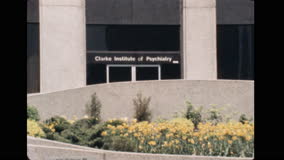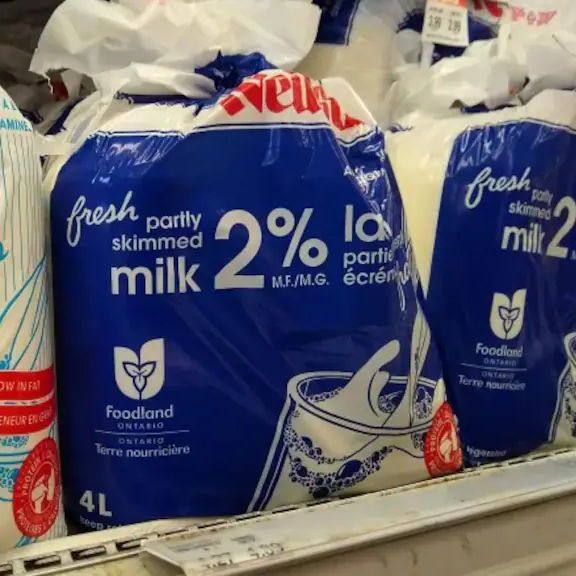It is #PrideMonth and this is the story of the Clarke Institute of Psychiatry, a notorious gatekeeper for transgender people.
"The Clarke" opened in 1966 and anyone wanting gender-affirming surgery had to go there to be approved.
Approval was far from simple.
🧵1/5
"The Clarke" opened in 1966 and anyone wanting gender-affirming surgery had to go there to be approved.
Approval was far from simple.
🧵1/5

The tests used by The Clarke were the same that were used on criminal sex offenders at the same location.
Most people who went in felt The Clarke staff were more interested in researching trans people than helping them.
🧵2/5
Most people who went in felt The Clarke staff were more interested in researching trans people than helping them.
🧵2/5

The Clarke only gave approval for gender-affirming surgery if the person had a job, was single, was heterosexual and had never been convicted of a crime.
It was their goal that the person "pass" as cisgender & conform to binary gender roles.
🧵3/5
It was their goal that the person "pass" as cisgender & conform to binary gender roles.
🧵3/5

Approval took upwards of two years and the applicants were required to live as their gender during that time without surgery.
They also had to change all their legal documents, which was very difficult due to backlogs in the system at the time.
🧵4/5
They also had to change all their legal documents, which was very difficult due to backlogs in the system at the time.
🧵4/5

Due to the strict requirements of The Clarke, there were few approvals for gender-affirming surgery.
In 1982, Betty Steiner, the director of the clinic, stated that out of 600 applicants, only 75 were approved for surgery.
🧵5/5
In 1982, Betty Steiner, the director of the clinic, stated that out of 600 applicants, only 75 were approved for surgery.
🧵5/5

• • •
Missing some Tweet in this thread? You can try to
force a refresh





















